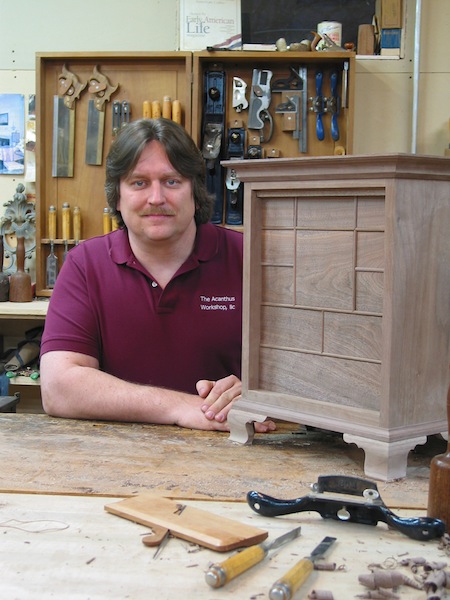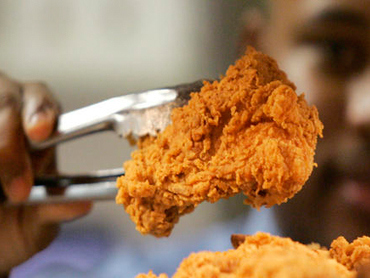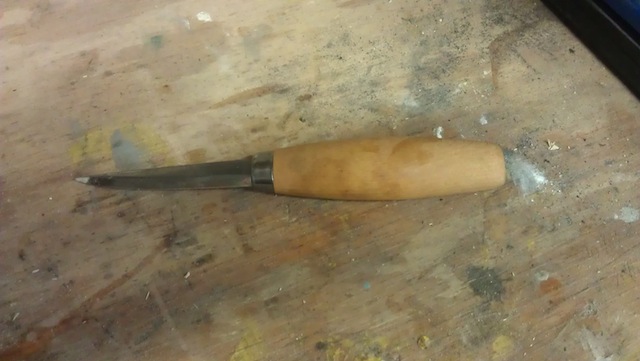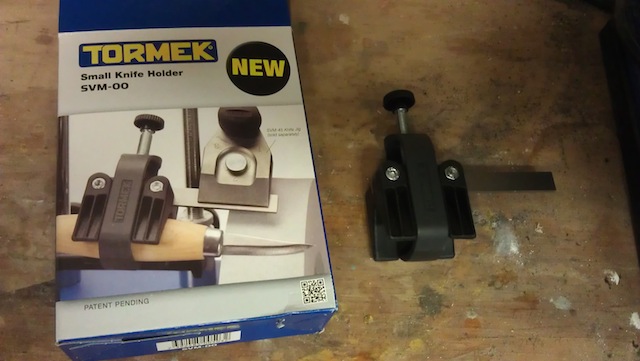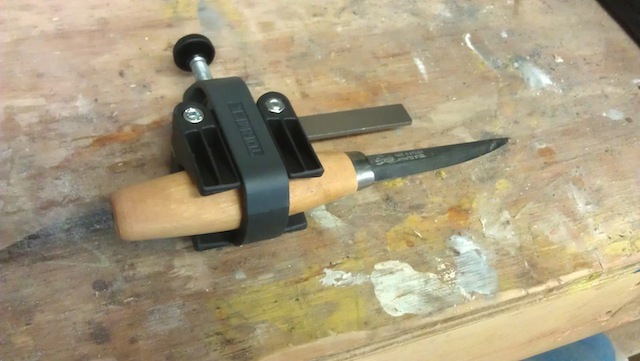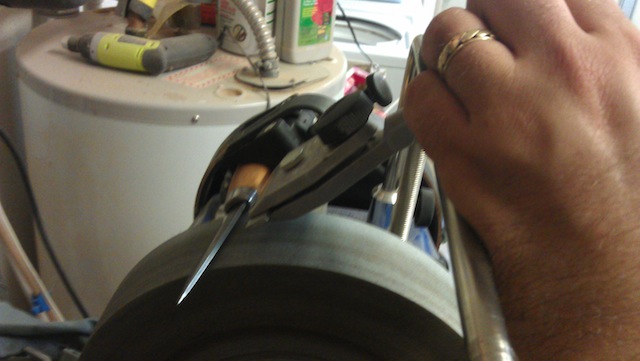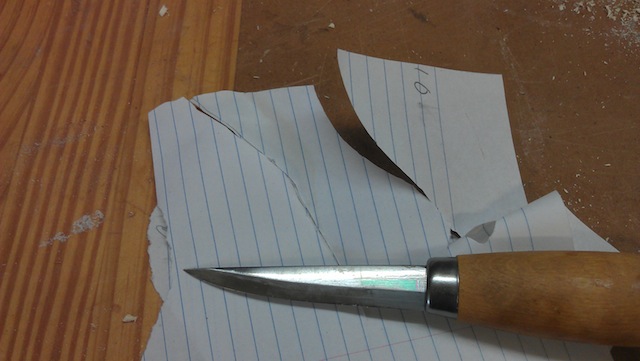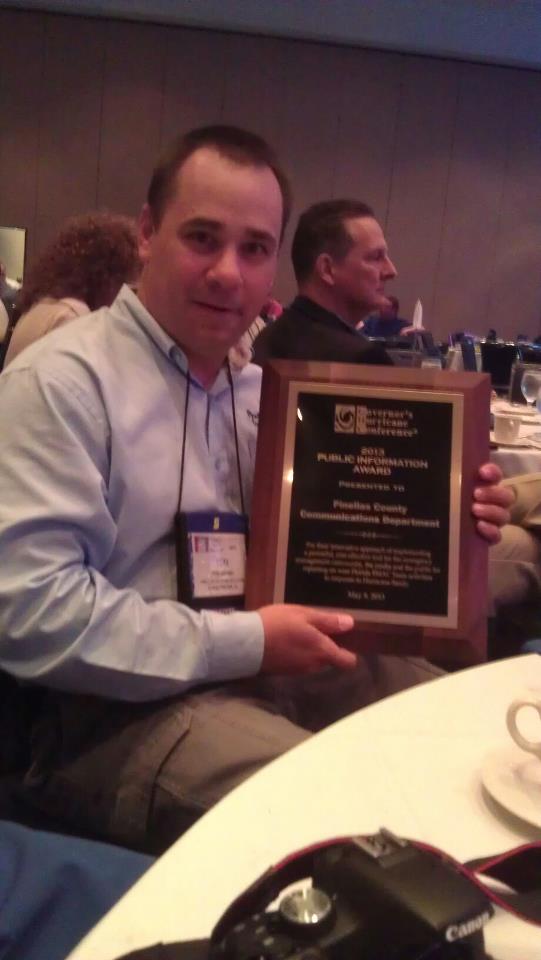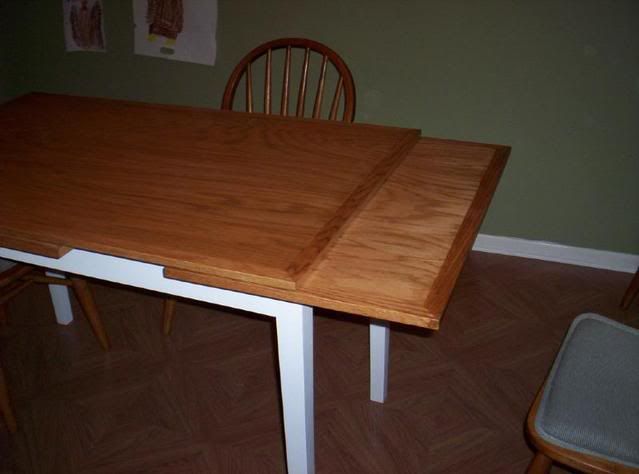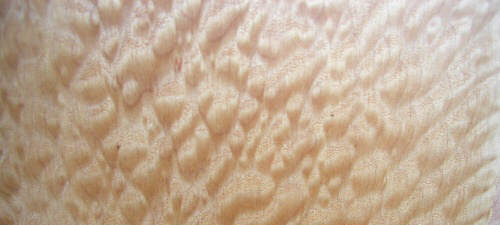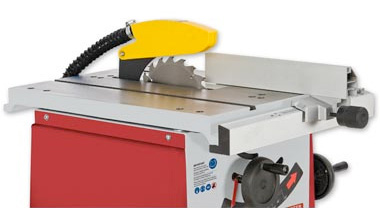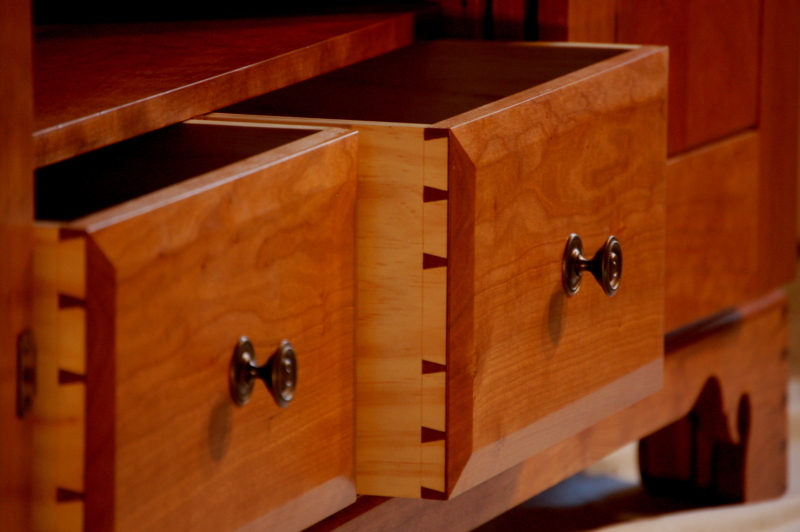Woodworking can be a very messy business. If you use power tools, you will have lots of planer shavings, sawdust and other pulverized wood products spewing out of every one of your machines. For hand tool folks, you have saw dust, planer shavings and other unwanted wood byproducts in your shop as well.
Hey, it’s a tough life, but someone has to clean it up.
That’s where I tend to get a little creative. Hey, I have two boys, and I try to get them to clean the shop for me. I tell them it’s a really cool game they will love.
That hasn’t worked since I think they were eight and five…
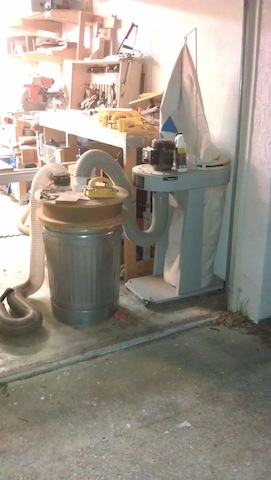
Since then, I have come to rely on a trio of machines to help keep the mess at bay. In addition to keeping the dust off the floor, catching it at the source helps to keep it out of the air – and my lungs. That’s why I rely on my Delta dust collector. I bought this baby back in 2004, and it has been a real love/hate relationship. When I hook it up to a tool that has a dedicated dust port, this thing is a champ. My new Ridgid planer works great with it, and there are usually just a few bits of planer shavings after I am done.
I also have it going through a shop-built cyclone separator that sits on top of a trash can. This contraption works well, spinning the majority of chips into the can before they get to the collector bag. I think it helps make the collector work more efficiently.
The hate part? When I try to hook a non dust port equipped machine to it (like my table saw), it stinks. The hose is heavy, and it doesn’t generate the suction to clear the dust from the large open area under the saw. Yes, I have seen the involved plans that allow you to build dust collection into your contractor’s saw, but no, I have never had the inclination to build one of them. I’d just rather be building furniture…
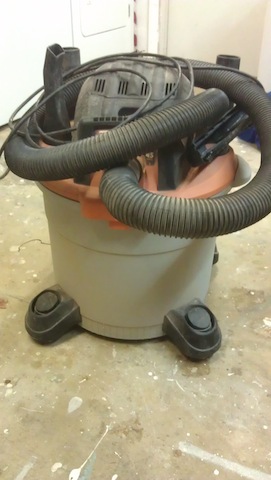
For the stuff that gets out of the table saw, I turn to my trusty shop vacuum. This baby sucks up everything, and with a dedicated floor cleaning fitting, it can make the place look relatively spotless in a short amount of time. That makes me happy… I have also hooked it up to my combo belt/spindle sander, and the nozzle is a nice slip fit onto the port on that tool, making for very clean sanding sessions. It’s one of those tools you wonder how you get along without once you have to…
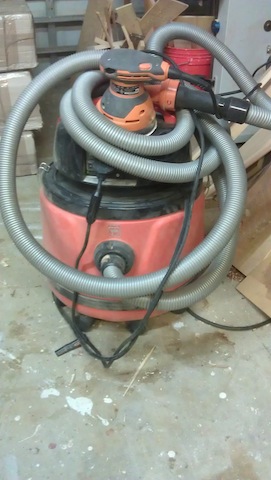
For really specialized dust collection, I turn to my Fein dust collector. This baby is the bomb. It has an outlet built into it where you can plug the tool. In this case, I have my random orbit sander plugged in to the hose and into the machine. When you turn the tool on, the power comes from the collector to power the tool, and it also turns on the collector’s motor. As you sand, the sawdust is pulled through the sander into the collector. When you lay off the trigger, the motor for the tool stops, and the collector runs for a few seconds more to ensure all of the dust is sucked into the canister. It also works great with my track saw, providing nearly dust free operation.
Now, I’m sure that some of you probably have more advanced whole shop systems, while others may be making due with smaller systems. But, one thing is for sure. My friend Mike Siemsen will give me a hard time for not relying on a simpler, more back to basics approach.

Now, if I can only find an apprentice who wants to use one of these babies…

